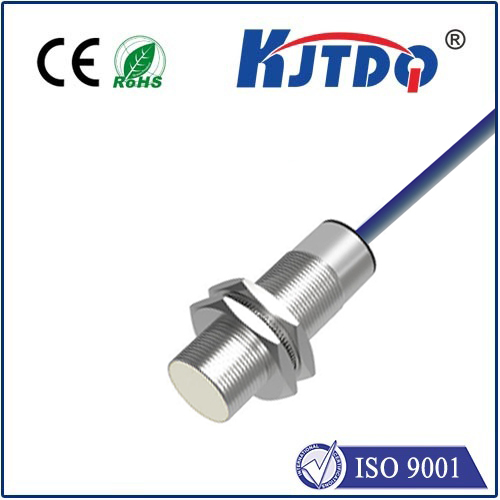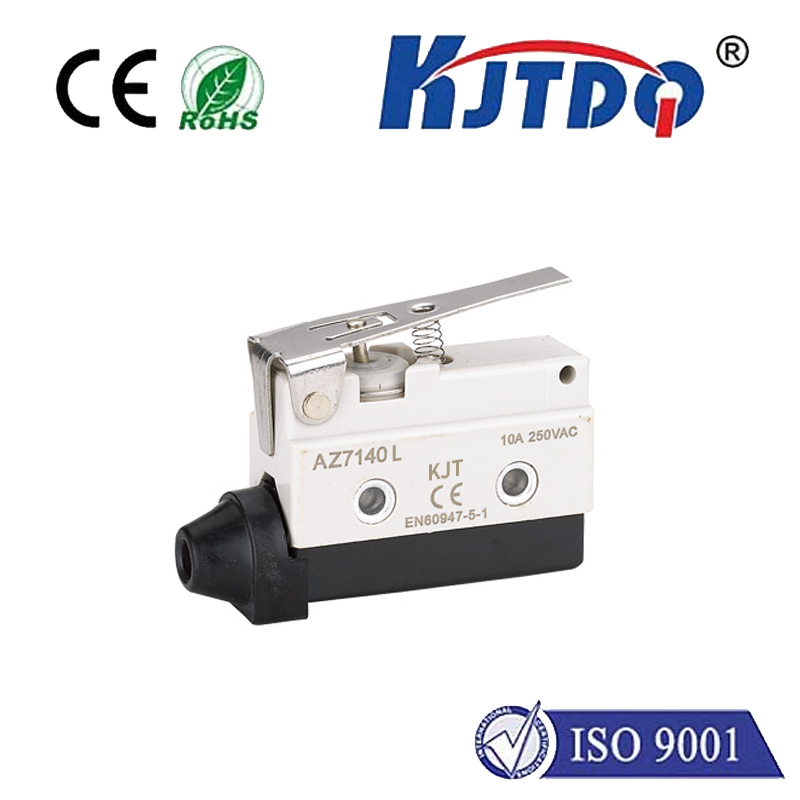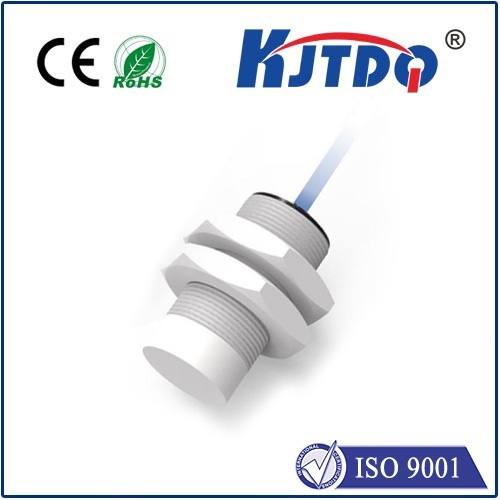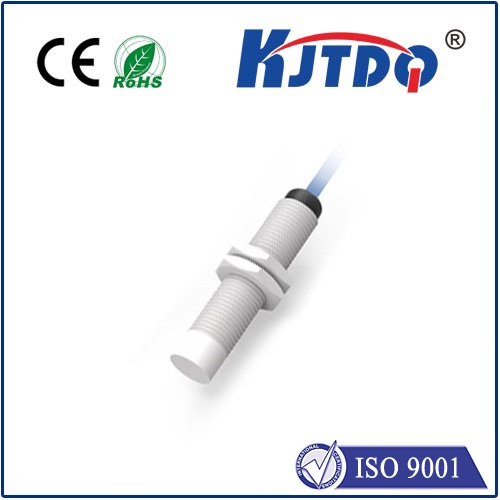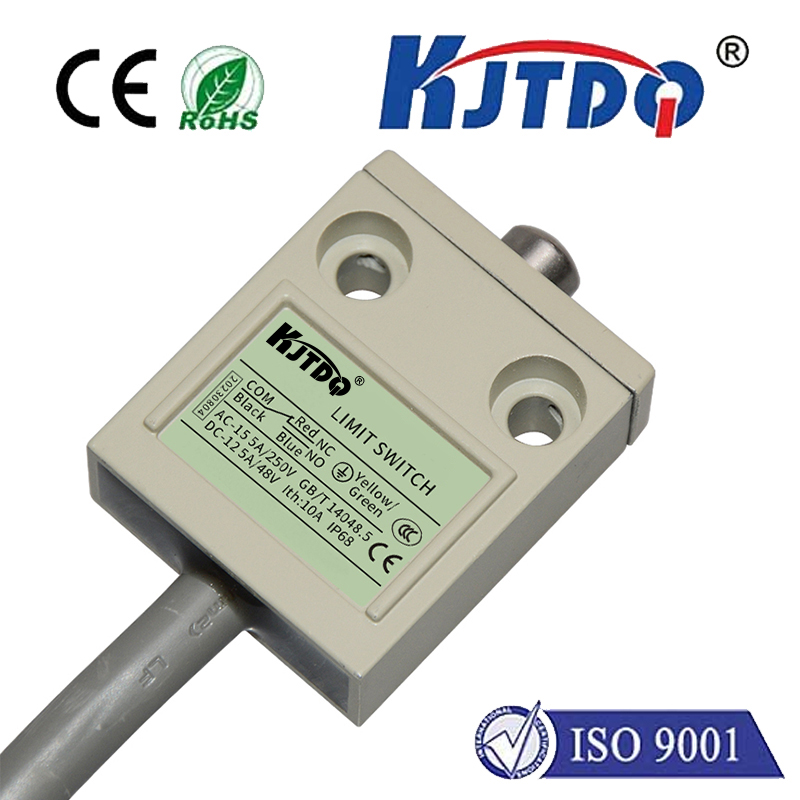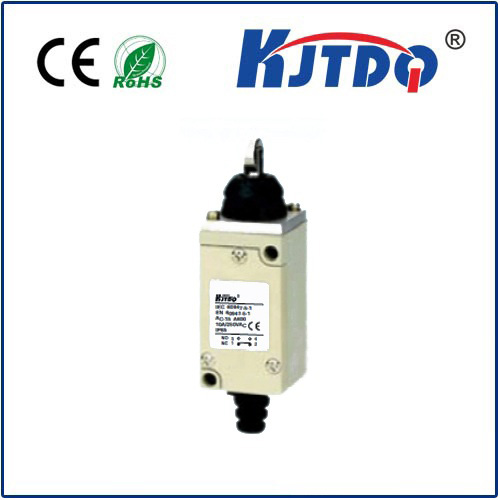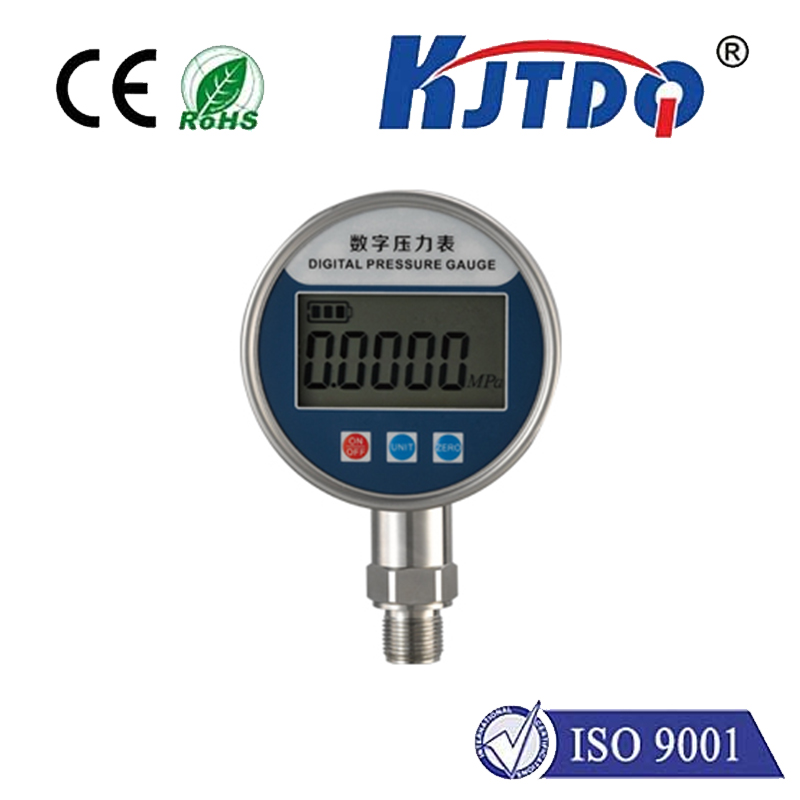

check

check

check

check

check

check

check

check

check

check
Title: Exploring the Diverse World of Proximity Sensor Types Proximity sensors are an essential component in many automated systems, serving a variety of functions from simple object detection to complex level measurement and positioning tasks. These sensors operate without physical contact, making them ideal for applications where hygiene or longevity is a concern. Let’s delve into the different types of proximity sensors, their working principles, and their typical applications.
Inductive proximity sensors utilize electromagnetic fields for the detection of metallic objects. They consist of a high-frequency oscillator that generates an electromagnetic field, which collapses when a conductive object enters the sensor’s range. This change in the field triggers the output switch of the sensor. Applications for inductive sensors include metal part detection on conveyor belts, monitoring piston positions in hydraulic cylinders, and counting metallic items in packaging machinery. Their robustness and ability to withstand harsh environments make these sensors particularly useful in industrial settings.

Capacitive proximity sensors detect targets by measuring changes in capacitance. A capacitive sensor consists of two electrodes separated by an insulating material. When an object—be it metal or non-metallic—enters the sensor’s electrical field, the capacitance between the electrodes changes, and this variation is detected as a signal. These sensors are commonly used for liquid level sensing in food processing plants, detecting the presence or absence of various materials in automation processes, and in touch-sensitive applications such as smartphones or modern automotive interfaces.
Ultrasonic proximity sensors operate based on sound waves reflected from a target. The sensor emits a high-frequency sound wave and then listens for the echo that bounces back after hitting an object. By calculating the time delay between the sent and the received signal, the distance to the target can be determined. Such sensors are prevalent in parking assistance systems for vehicles, robotics for collision avoidance, and fluid level measurement in storage tanks. Their non-contact nature makes them suitable for applications requiring hygiene, such as in medical devices or cleanroom environments.
Optical proximity sensors use light to detect the presence or absence of objects. These sensors can be divided into two main categories: reflective and through-beam. Reflective optical sensors emit light and receive the reflected beam if an object interrupts the light path. Through-beam sensors have a separate emitter and receiver, and the object breaks the light beam between them, triggering a response. They find extensive usage in barcode scanners, photoelectric safety barriers, and product counting systems on assembly lines. Optical sensors are highly effective in environments where color contrast with the target is significant.
Magnetic proximity sensors rely on magnetism to detect the presence of ferrous objects. These sensors typically contain a magnetic reed switch or magnetoresistive element that changes state when exposed to a magnetic field. Their applications include position sensing of reed switches in relays, detecting gear teeth on rotating shafts for speed measurement, and actuator control in automotive braking systems. Due to their rugged construction, they are well-suited for harsh industrial conditions.
Proximity sensors come in various forms, each with unique characteristics that make them suited to specific applications. From inductive and capacitive models perfect for industrial automation to ultrasonic sensors ideal for precise measurement tasks, and optical and magnetic varieties tailored for particular environmental challenges, proximity sensors are integral to modern technology and automation systems. As technology advances, we can expect even more sophisticated proximity sensor solutions to emerge, further enhancing their role across diverse industries and applications.
